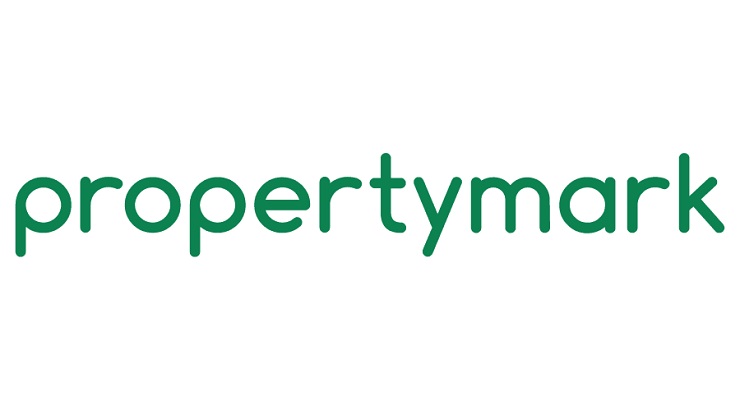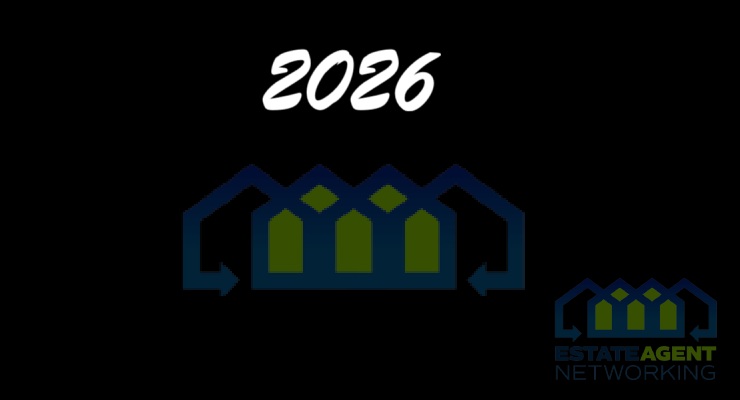New price record as Wales and the north lead the way and London stands still
- New records continue to be set as the average price of property coming to market this month jumps by 1.8% (+£5,767), to a third of a million pounds (£333,564)
- Average London house prices are 2.9 times higher than prices in the northern areas of Great Britain, and although still large this is the smallest ratio recorded by Rightmove since 2013
- While London prices have stood still (+0.2%) since the first lockdown, areas further north have seen double-digit increases, due to the shortfall in supply that suits people’s changed needs and lives:
- Wales leads the way at +13.0%, followed by North West (+11.1%), and Yorkshire & the Humber (+10.5%)
- The north sees greater imbalance between demand and supply than London, with people more likely to move locally and some more able to afford to upsize
This month sees a new national record for the price of property coming to market, hitting an average of a third of a million pounds (£333,564). That is 1.8% (+£5,767) above the previous all-time high recorded a month ago. While the level of new properties coming up for sale is at a similar level to the long-term average, demand continues to massively exceed supply, especially in northern regions. In previous market upturns London has generally led the way, but the capital’s rate of price increase since pre-lockdown March 2020 is now at a virtual standstill (+0.2%) compared to double digit price growth in areas further north.
Tim Bannister, Rightmove’s Director of Property Data comments: “Last year’s unexpected mini-boom is rolling on into 2021, with new price and market activity records again defying many predictions. Buyer affordability is increasingly stretched, but there’s obviously some elasticity left to stretch a bit more as many buyers are squeezing their way into higher price bands. This high demand, with both willingness and ability to pay more, has pushed the average price of property coming to market to a new all-time high of a third of a million pounds. In another twist, it is the regions of Britain further north that are leading the way, with some degree of catching up between average prices in London and the north. While the gap remains very large, with average prices in London still 2.9 times higher than those in the north, this ratio is now at its smallest since 2013. The pandemic has given a greater focus on the home, and in 2020 we saw a surge in southern coastal and rural areas. So far 2021 is proving to be the year of the northern mover, not only satisfying their pent-up housing needs, but in doing so also narrowing some of the huge price gap with London.”
Prospective buyers are now faced with record prices for newly marketed properties in all regions and countries of Great Britain except London, with three areas seeing average rises of over 10% in the closest available year-on-year comparison. Our year-on-year comparisons compare March 2020 to May 2021, as the property market was suspended for most of April and May last year. Wales is growing the fastest at +13.0%, followed by North West (+11.1%), and Yorkshire & the Humber (+10.5%). The average increase for all regions outside of the South of England is 9.7% (+£19,497). In contrast London lags behind at +0.2% (+£1,547), though it must be stressed that within the capital there are widely varying local markets and market sectors, with some rising in price and others static or falling.
This strong market appears to have enough momentum to shrug off the imminent end of the stamp duty holidays in England and Wales. Buyer demand has soared throughout Great Britain (+52% in April 2021 versus April 2019), with similarly strong levels in London (+48%). But it is the north that is seeing the greater imbalance between demand and supply and this is one of the main factors driving prices to new records in all regions except the capital. This supply shortage is particularly marked for typical family homes with three bedrooms or more, with available stock for sale on agents’ books in April down by an average of 50% on the same period in 2019. In contrast properties with two bedrooms or fewer have availability down by 24%.
Bannister adds: “There appears to be more headroom in buyers’ budgets among those looking to upsize. Family homes with three bedrooms or more are like gold dust in many areas of the country, especially in parts of the north. For example, compared to the same period in 2019 agents in the North East have 59% less available stock for sale in the ”second-stepper” sector made up predominantly of three bedroom homes, while Scotland is 65% down in the “top of the ladder” four bedroom or more sector. In contrast London’s available stock is down 20% and 24% respectively in these sectors, so while supply is still limited it is more closely matched to demand. Another important factor driving the higher demand and quicker average time to sell in the north is that more of their sellers are intending to buy and stay local, whereas many Londoners are looking to move out. Rightmove research among those intending to sell in the next 12 months shows that an average of 84% in the north are looking to move locally, compared to only 52% in London. The pandemic has changed many aspects of what people want from their homes, and the pricing pendulum is swinging away from London towards the north.”








